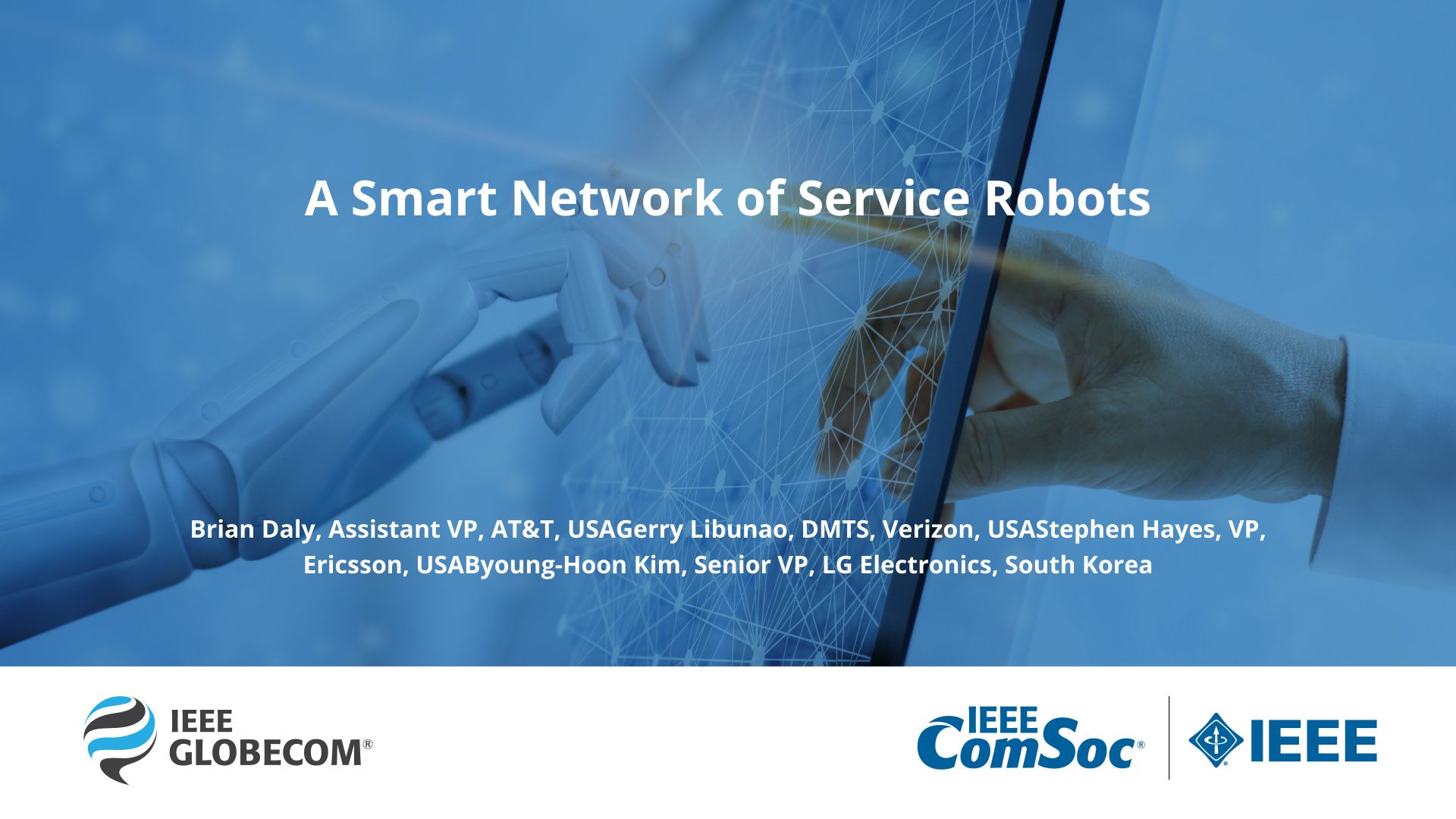
Description
The recent advancement of robotics technology would bring new business opportunities in telecommunication market, especially in the context of Service-Oriented Robots (or Service Robots) staying with and/or working for human customers, which are different from industrial robots in the application goal, target interaction points, target customers/business and technology readiness. The technology and business aspects of Service Robots are interesting discussion topics for interdisciplinary and cross-industry collaborations, such as connected robots (robotics and communications technology) and autonomous robots (state-of-art communications technology and data science-based technology for realtime decision making/support). On the other hand, there is a growing demand in consumer electronics segments that expects a great deal of roles that Service Robots should play in order to improve the quality of assisting human user’s daily behaviors for, such as shopping, traveling and more to come upon us resulting from smart-living innovations. The applications of Service Robots are gaining more interests amid COVID-19 where people have a reduced degree of physical involvement with learning, shopping and other activities they want to do for their daily lives. The technical issues of this panel will cover a Wireless Network of Service Robots with the focus on the roles of wireless communications technology for the reliable support of Service Robots: From Industrial Robots to Service Robots Technology review for a network of Service Robot to stay with human as an assistant in living Public Safety Aspects Unmanned Aerial Vehicle (UAV) Aspects: Industry collaboration update, 3GPP UAV standardization update, 5G enablers for UAVs including indoor flights, and applications, use cases and technology enablers related to Service Robots Autonomic networking/communications for the support of multiple robots: Aspects on communication layer support of timely or preventive reconfiguration/management of robot-initiated communication path among multiple robots that can help reduce service disruptions (e.g. due to breakdown/functional failure or precursory indications): Efficient distribution of operation-related information (e.g., task status information) among participating robots (in cloud-/networked-/standalone operation of robots).
Event
IEEE Global Communications Conference 2020
Presenters
Brian Daly, Assistant VP, AT&T, USA Gerry Libunao, DMTS, Verizon, USA Stephen Hayes, VP, Ericsson, USA Byoung-Hoon Kim, Senior VP, LG Electronics, South Korea
ComSoc Member Price
$0.00
IEEE Member Price
$15.00
Non-Member Price
$25.00


